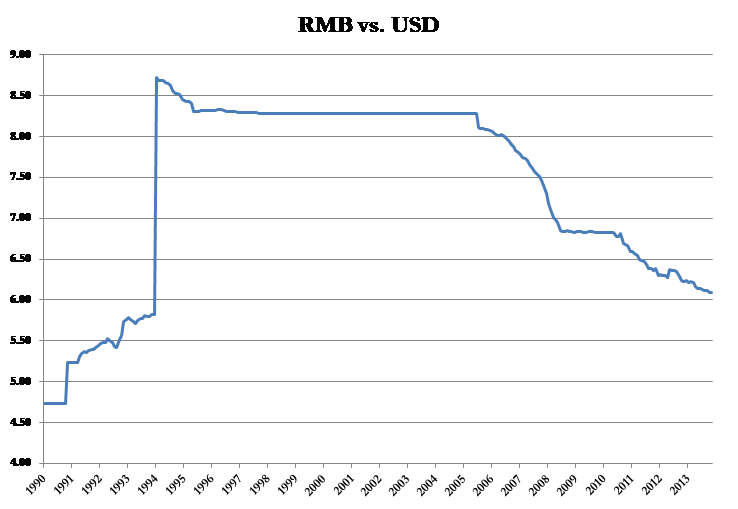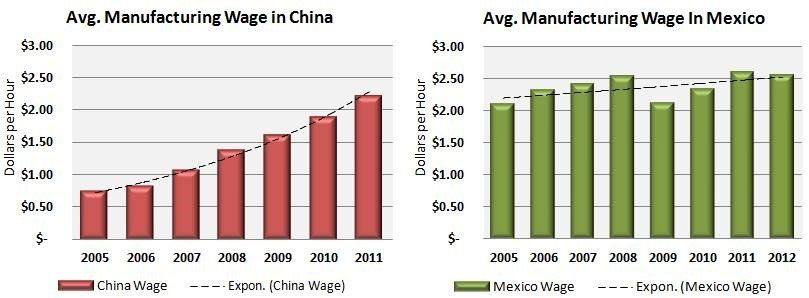Kuroto Fund, L.P. - Q3 2013 Letter
Dear Partners and Friends,
PERFORMANCE & PORTFOLIO
Kuroto Fund declined -3.3% in the third quarter and was down -2.2% for the year to date as of November 30. Over the same periods, the MSCI Asia Pacific Index was up +7.2% and +12.8% respectively. Kuroto’s relative underperformance was largely attributable to our minimal Japanese long exposure.
For the year through November, our Indian companies were responsible for a -3.0% loss of partners’ capital. Additional losses of -5.5% were attributable to our precious metals mining and bullion positions. The balance of the fund’s decline, -2%, came collectively from China, Hong Kong, Indonesia, and our JGB shorts. These losses were largely offset by the positive performance of our holdings in Vietnam, Malaysia, Thailand, South Korea, and Australia, which together contributed +8.4% to partners’ capital.[1]
By the spring of this year, valuations had become unattractive in many Southeast Asian markets. Indonesia and the Philippines were, for example, trading north of 20x trailing earnings. This tendency towards overvaluation was especially pronounced among the higher-quality, better-managed companies that Kuroto seeks to own. Accordingly, we took our cash position up to 25% at June’s end.
With Asian markets declining and earnings rising, valuations corrected somewhat in the second half of the year. In this improved environment, we identified some compelling investment opportunities. On a gross basis, we’ve deployed $80 million of the fund’s capital since the beginning of July, reducing the fund’s cash position to 12%. The most significant investments during this time were in India where we not only increased the fund’s exposure during the August sell off but also upgraded the overall quality of the businesses we own there. We also added new positions in Australia, Malaysia, and Thailand.
Whither the RMB
Only two currencies in Asia appreciated against the USD in 2013, the Korean Won and the Chinese Renminbi (RMB). While the Won is still more than 10% away from its 2007 highs, the RMB is approaching rates not seen in over 20 years (graph following page). Speculation has even started that the RMB could reach an exchange rate that starts with a five.[2] We, however, do not believe that this continuing RMB appreciation is a fait accompli. Indeed, we can even imagine the RMB going the other way.
On the one hand, a meaningful weakening of the RMB works at cross purposes with China’s stated long-term goal of reorienting their economy away from investment and towards consumption. On the other hand, China’s new premier, Li Keqiang, has stated that China currently needs GDP growth of at least 7.2% to generate the jobs necessary for social stability. So, were Chinese GDP growth to slow, RMB depreciation could deliver a welcome short-term boost to the economy and act as a release valve for Chinese policy makers.
When considering the likelihood of RMB depreciation against the USD, one must consider the relative wage rates of China’s exporters versus their global competitors. Specifically, the convergence between China’s wage rates and the rest of the developing world will eventually damage China’s positions as the factory to the world. Average manufacturing wages in Mexico, for example, are now similar to those in China, a three-fold change in just eight years (graph below).
This rapid loss of competitiveness is presumably not lost on China’s leadership. After all, the RMB devaluation in 1994 was one of the most successful instances of competitive devaluations in modern times. That year’s halving of the RMB against the US Dollar instantly made China one of the most competitive countries in the world. Since that devaluation, Chinese exports have grown at a compounded rate of 21%[3] and generated trillions of dollars of additional foreign currency reserves for China.
Xi Jinping, China’s new president, is presumably well versed in the benefits of currency management. He began his career in a coastal province that benefited dramatically from the 1994 devaluation. From 1999 until 2002, he served as governor of Fujian, the Chinese province directly across from Taiwan. The coastal cities of this same province now, however, boast wage rates comparable to those in southern Taiwan on a productivity-adjusted basis, a serious competitive problem.
China may have laid the initial groundwork for a devaluation when it floated the idea of loosening its capital account in its recent Third Plenum. Japan’s successful 2013 Yen devaluation provides a useful model for China to follow. Specifically, Japan successfully devalued without political blowback by arguing that its policy of quantitative easing is a purely domestic operation. Following the same logic, China could devalue by allowing its citizens to invest more abroad, arguing that this liberalization is purely domestic in nature. Moreover, by managing the amounts that Chinese can invest abroad, the Chinese regime could maintain control of the process of a policy of gradual currency devaluation, making sure that the depreciation does not hurt the RMB’s gradual ascendency as a global currency.
While the future path of the Chinese RMB is far from certain, Kuroto recognizes the possibility of a decline in the RMB. First, our direct exposure to the PRC is de minimis. Second, we have reduced our exposure to Indonesia, the one Southeast Asian country running a large current account deficit and the most likely to be severely impacted by RMB weakness. Finally, our largest country exposure, India, with its small external accounts and large domestic economy, is well insulated from China.
While China is a growing uncertainty in an increasingly uncertain world, we have successfully navigated such challenges in Asia throughout the fund’s history. We expect the future will offer opportunities to profit from rather than merely avoid China’s evolution.
Sincerely,
Andrew Ewert
Sean Fieler
Daniel Gittes
William W. Strong
ENDNOTES
[1] Sector and country returns are presented herein on a gross basis and use relevant period P&L and average capital in determining contribution and internal rate of return.











